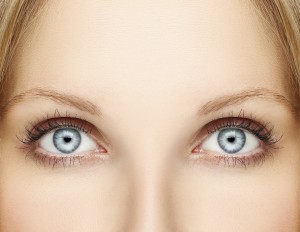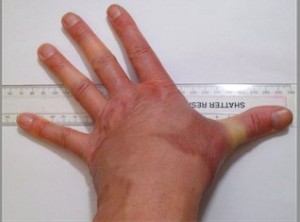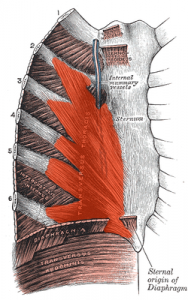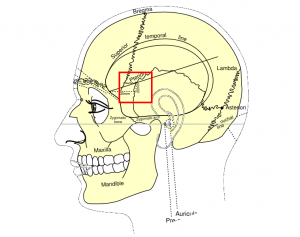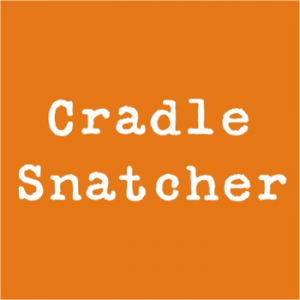Here’s my shortlist for what a good massage therapist needs to know:
Talk to the client first, not during a session. Get enough information to know what the client seeks, whether they want a complete massage or spot work, and if they have medical conditions that should not be massaged. This communication takes only a few seconds. A good massage therapist always has time to communicate.
Know Contra-indications: A client with a cold or kidney infection can develop much more serious infections if massaged. A good massage therapist knows the reasons not to massage and how to explain that so the client doesn’t get angry.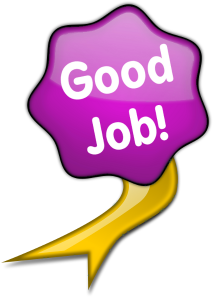
Practice Universal Precautions: Protect your clients and yourself. If you don’t know what universal precautions are, you are not practicing safely. Good massage therapists know how to practice without spreading disease – or going overboard and putting on gloves when there is no rational need.
Pressure: The point of an effluerage is to soothe, not startle. Pressure with a first effluerage should be mild and stay the same all the way up. Therapists who start light on less sensitive areas and then suddenly drill sensitive tissue at the end of an effleurage could be called grinders. Not a good rep.
Timing: Twenty minutes on the feet because you like foot massage is not a good opening if the client wants a full body treatment. A person with a headache usually wants their head rubbed first.
Encouragement: We don’t fix, we soothe. A positive word goes a long way in helping people feel better.
Goals: What you want to practice that day may not be what the client wants. They may just want to fall asleep. Check-in. Ask before doing unusual techniques For example: whiplash clients can be very afraid of having someone traction their neck by suddenly lifting their head with a towel. If they don’t understand or agree, they will tense up.

